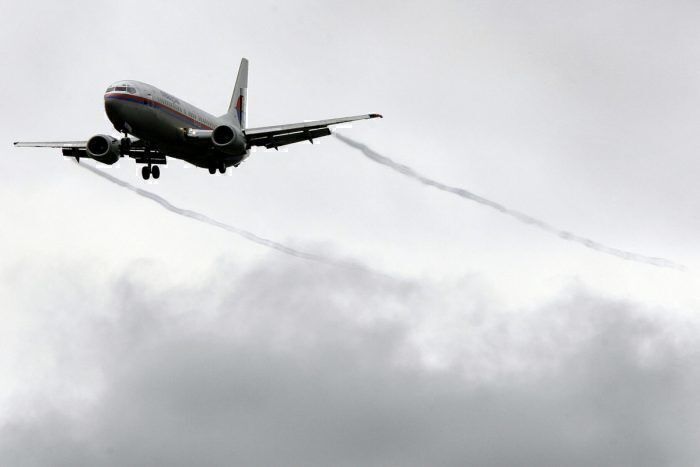According to a new study, aircraft altitude could hold the key to drastically reducing global warming. Research shows that a lower flying altitude could help the aviation industry reduce its carbon footprint. That's despite the fuel inefficiency of low altitude flights.
Using altitude to mediate climate change
When it comes to the climate, the aviation industry is heavily focused on investing in new technologies to keep passengers in the air. From biofuels to new aircraft designs, the focus is on bringing a green evolution to aviation. However, what if the answer to combatting climate change already existed? It might be a case of casting aside the rulebook and looking at aviation's carbon footprint from a different angle.
New research from Imperial College London suggests that lower altitude flying could markedly decrease the negative effects of flying on the environment. The new study says that airlines' best efforts should be in reducing contrails. In fact, the industry should be so hellbent on this objective that aircraft fuel efficiency is only a secondary concern.
So, what's the problem with contrails?
Contrails are the visible emissions or white trails left behind by flying aircraft. Before they are released, these contrails capture carbon particles from the exhaust and, when visible, subsequently defuse them into our atmosphere. The issue is that these contrails cause the earth's atmosphere to trap heat. Thankfully, the contrails quickly dissipate and with them go the adverse heating of the planet. However, with so many flights every day all across the globe, what seems like a small impact is actually extremely damaging.
Contrails represent the heart of the environmental damage that aircraft produce but what can be done?
How do we get rid of contrails?
When you think of aircraft, the now not-so-humble contrail also comes to mind, billowing in the wake of a speeding aircraft. It seems that there is no aircraft without a contrail, doesn't it? Well, that's not so.
Contrails do not occur as a result of aircraft operation. They occur as a result of altitude. This is a key principle in the findings of Imperial College researchers. When aircraft fly lower, they don't dispel contrails. As a result, the climate gets a welcome relief from the negative emissions that cause it to heat up. On the outset, removing contrails looks like the easiest solution ever for solving our climate woes.
But, as you may have guessed, getting rid of contrails is a bit of a catch 22.
Is it possible to fly at low altitudes?
Avoiding contrails necessitates aircraft to fly at lower altitudes. However, if it was that simple the aviation industry would surely be doing that already. There are many reasons that aircraft operate at such high altitudes. Namely, it's to do with air resistance which plays into fuel efficiency. Other than that, high altitudes also present a lower risk of weather- or collision-related incidents.
Armed with this information, it's unlikely that airlines would compromise the safety of their passengers and crew for the sake of the environment. Airlines are already investing in other climate saving solutions, why bother with something that might not be so safe?
Well, thankfully eradicating contrails doesn't have to be that drastic. Researchers in London suggest that only some flights would need to fly at lower altitudes in order to improve the overall footprint of the aviation industry. Leading researcher Dr. Settler said in an article on Imperial College London's website:
“A really small proportion of flights are responsible for the vast majority of contrail climate impact, meaning we can focus our attention on them.”
In fact, lowering the altitude of just 1.7% of daily flights could cut the impact of contrail-induced climate change by around 59%. Researchers at Imperial College went on to say that:
"...flight altitude changes of just 2,000 feet could lessen [the] effect [of contrails]. This...combined with using cleaner aircraft engines, could reduce contrail-caused harm to the climate by up to 90%"
Is it realistic?
Suddenly, when such a small proportion of flights need to be altered, the contrail problem looks a lot more manageable. It's certainly plausible but it's not without heavy planning from air traffic control. Deciding and monitoring which airlines fly low and which fly high could present a strategic dilemma.
That said, it's worth putting in the extra effort for better logistics planning if it's going to benefit the planet and future lives.
Is low altitude flying the way to save the environment? Let us know what you think in the comments.





